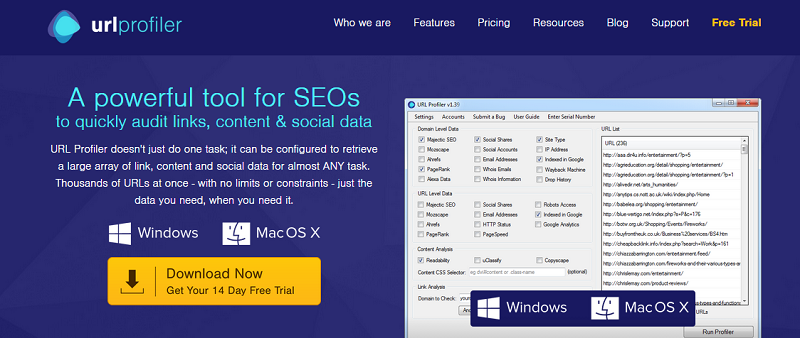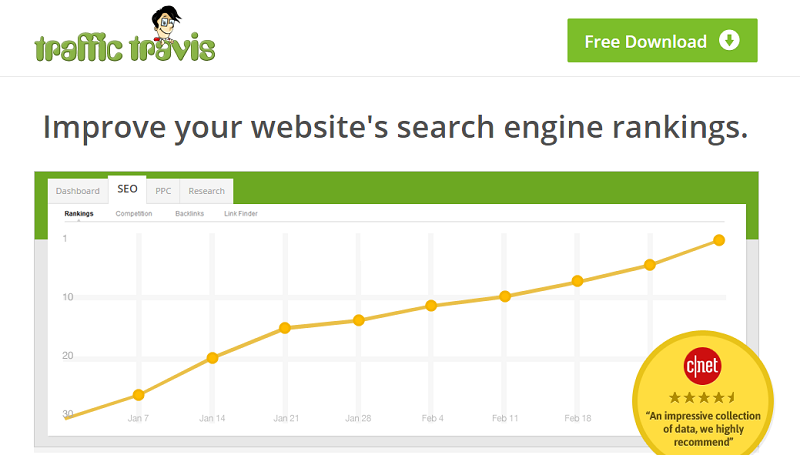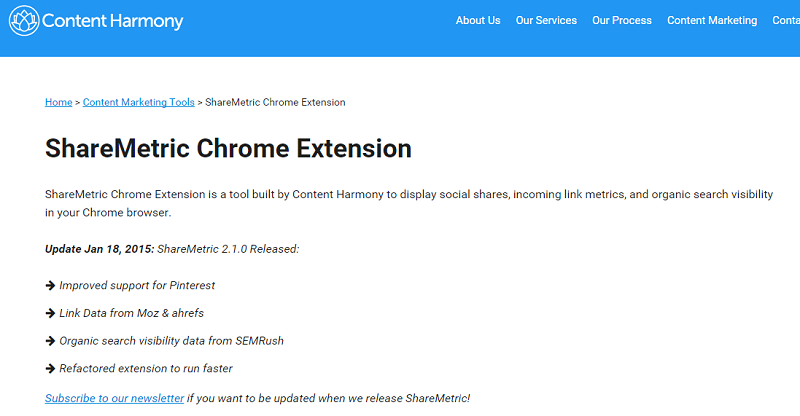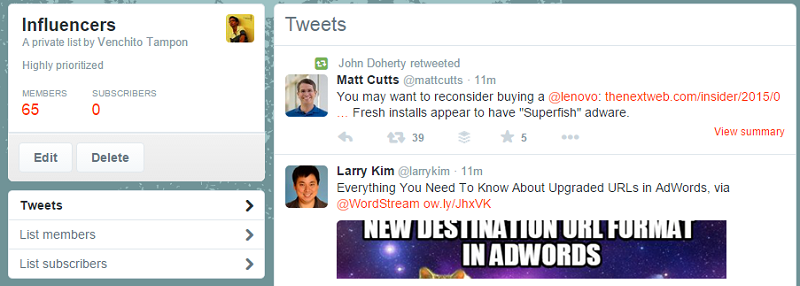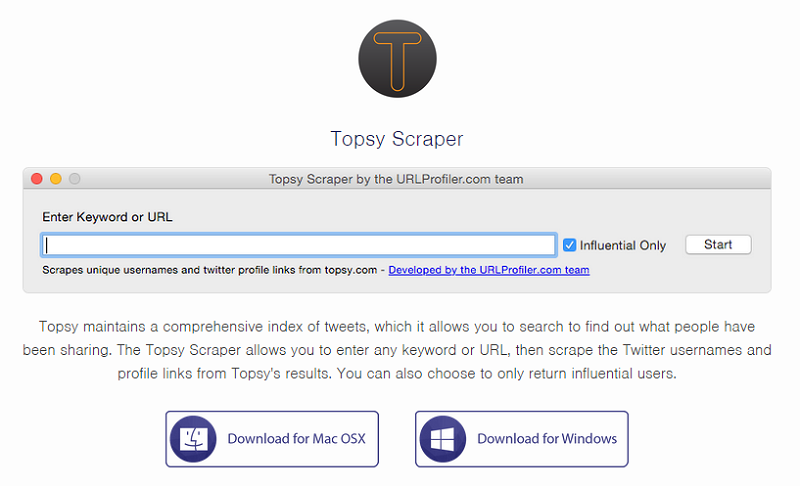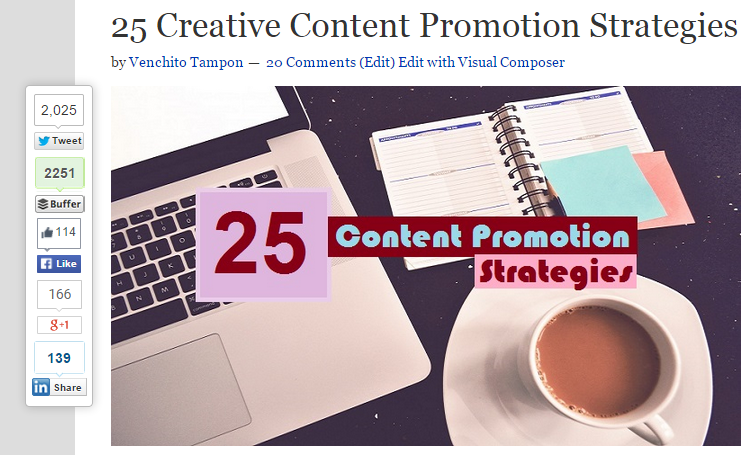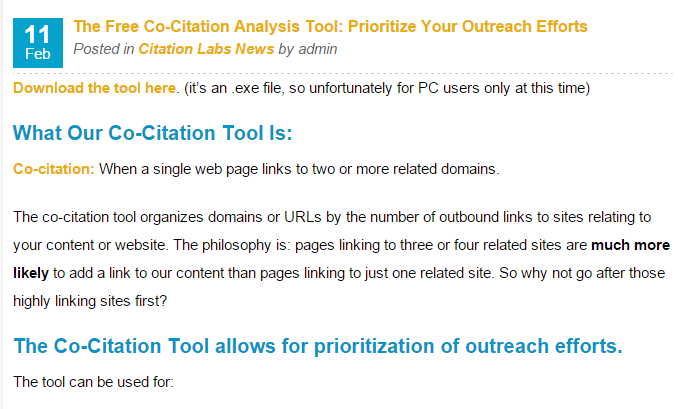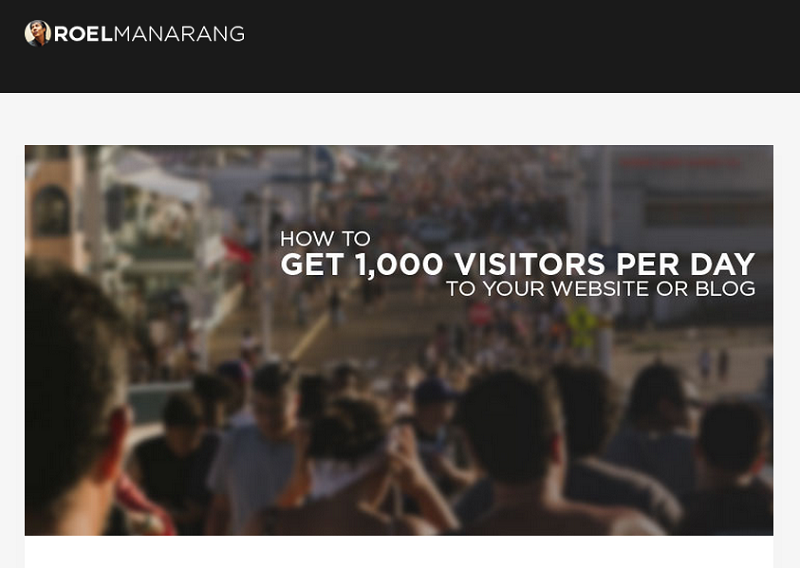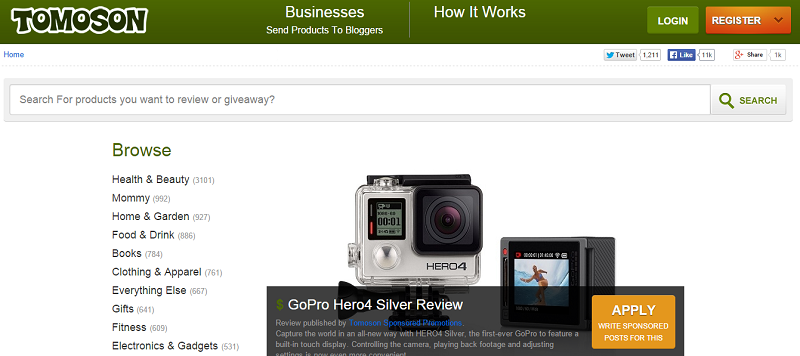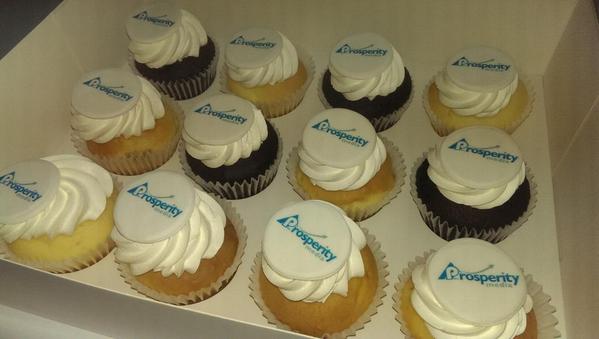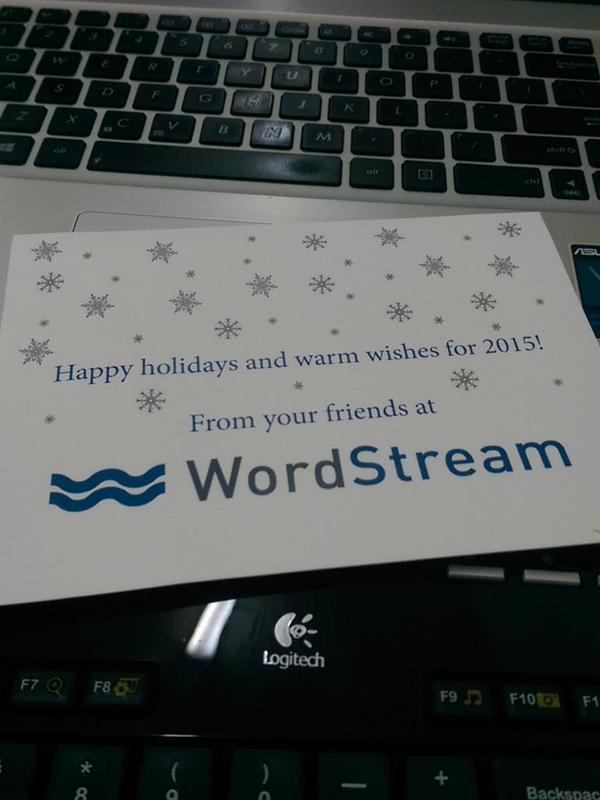by Venchito Tampon Jr | Last Updated on October 24, 2021
Link building will get a lot tougher these days especially for smaller brands that don’t have real capacities to compete with bigger companies in the industry because of the low amount of budget that they have.
In my experience communicating with potential clients, small companies are only willing to spend a monthly link building budget somewhere around $500 to $800 and search marketing agencies can outsource their link building work for a monthly cost ranging from $200 to $400 for each client/website.
With the price ranges above, we’ve seen a huge demand for a link building strategy that doesn’t really rely on huge budget in order to yield great results but on the value and quality of contents being produced consistently by the brand and on the approach used to promote those content assets.
And in this post, I’ll be sharing to you 11 link building strategies that can size up your links regardless of the size of your business and competition level of your industry.
Product or service development
This specific link building tactic is on top of my list since it is where the huge amount of time, money and effort should be placed in.
Constantly evolving your products/services can actually help your brand acquire natural links over time especially if you’re adding new useful features that your users care about, since the more they get tied to those product specifications, the potentials of them evangelizing your tool to their colleagues are higher.
So it is very important to keep track of newly added questions in industry forums and Q&A websites in order to gather information on the needs and wants of your potential customers. This will be the core basis of your product development strategy – user feedback.
In the recent interview with Slack’s founder, Stewart Butterfield shared a very interesting tip to win over industry competitors – make active listening a core competency.
“From the get-go, Slack made sure that users could respond to every email they received, and approached every help ticket as an opportunity to solidify loyalty and improve the service. As they listened to their ever-growing flock of users, the Slack team iterated accordingly.”, Butterfield said.
Consistent asking for user feedback will always bring new ideas to the table, which will not only solidify the brand’s core USP (unique selling proposition) but will also help the website acquire voluntary-given links from bloggers, influencers and corporate site owners.
I remember the early days of URL Profiler where its founders Garett Brown and Patrick Hathaway were asking for suggestions/feedbacks for their newly launched tech product. They got in touch with a handful of search marketers (especially those who’re actively working on content development and link building campaigns for several clients) in order to know the pros and cons of using the product for the said purposes (link building and content dev).
I used the tool, exchanged ideas with Garett and eventually evangelized the software on this link building blog.
Imagine if you have 20 different suggestions from like-minded bloggers in your industry. That’s a solid list of product development ideas that will not just improve your product features but will get your product or your site’s internal pages to earn links from bloggers/influencers who’ve been involved in the ideation of the product development.
You can add that unique angle (product feature suggestion) to your link building pitch in order to increase your chances of getting more responses and possibly editorial links. Given that the more you involve your target users to your business operations, the more they become overwhelm and attach to your brand, especially if their suggestion(s) has/have been considered and used in the product development.
Another way to build links with product development is to invest in creating free web-based tools.
Look at Traffic Travis. It is a free SEO software developed by Affilorama, which has been very popular in the internet marketing industry not only because of its highly functional attributes but on its free access.
For service-centered agencies, developing free web products is a good investment for branding and link acquisition.
One good example of this is Content Harmony’s free ShareMetric Chrome extension.
Given that the tool is freely available, industry bloggers and influencers can easily test it and share to their readers and followers by linking to the Chrome’s page and/or sharing it on social platforms, which will certainly promote the product to other untapped users.
Link acquisition is possible using this approach since the brand can simply reclaim the backlinks by asking existing linkers of the tool to link to the website’s tool page instead of linking to the Chrome extension content.
Word of mouth and referral marketing are best sources of link opportunities since bloggers and webmasters will naturally mention the page/tool from their blogs with no to little efforts on outreach.
Social prospecting
Social platforms has been a common medium used for link acquisition and content development these days since the competitive insights that content marketers can draw from it can really bring improvements to content marketing activities (content ideation, link prospecting, proper user targeting, etc..)
There are gazillion ways to generate content ideas using social media, and one of them is to create Twitter lists of bloggers/influencers from your niche and from other related industries.
The lists are useful for extracting questions, information and industry trends from engaged Twitter users (conversations, favorites, retweets), which can be the basis for improving the brand’s existing assets and brainstorming for new content pieces in the future.
Aside from generating content themes and topics, social media is also a handy tool in promoting one’s content to a set group of influencers and bloggers.
You can use the new Topsy extractor tool by URL profiler to find influencers who’ve shared similar content of your brand (either content from competitors or non-competitors).
There are two things you can do with Topsy extractor:
- Find influencers who have shared the top pages in your industry and include them to your Twitter list. Spend at least 5 minutes every week to see their latest status updates and conversations and use that as your basis for content ideation.
- Create an outreach database listing down all influential social sharers, which you can later on pitch to share your content (if it is highly resourceful, they wouldn’t bother to link to it).
The marketing flywheel will continuously move the moment the content was massively shared on social networks, since bloggers and influencers who would have seen the page and find it useful will again share the content to their followers and visitors or even link to it from their own websites.
Even after weeks or months of publish, the page would still attract organic social shares and editorial links from researchers and bloggers who’re looking for references for their own works.
My older post on content promotion strategies is a good example of this link building strategy (social prospecting) because up until now, the content has been attracting social shares almost every day.
Link intersection
Understanding the linking behavior in a certain niche is still one of the effective ways to build authoritative backlinks that doesn’t rely heavily on the niche competition and/or difficulty level of the industry, but on the quality of crafted content and blogger relationships used to support the page.
One link building principle that you can take advantage of is link intersection, which is basically finding domains or pages that have intersected or linked to at least three resources that are similar to your content.
For this link building strategy, you can use Citation Labs citation tool to automatically generate a report of links with corresponding number of occurrences.
This method is useful when prioritizing your outreach activity for a long list of linking pages, since you can actually get an insight if there’s a high potential that a certain page will link to your content (when it is linked to other multiple resources as well).
You can use the tool in any of the following link building tactics:
- See which pages and domains are actively and consistently linking to at least two of your competitors’ sites/pages given that if they’ve linked to those sites, they can also link to your content.
- Find listing pages (manufacturers/suppliers) that have high potentials of linking to your content which will primarily be based on the number of times your competitors’ sites were included.
- Determine local/international media outlets that previously mentioned at least two of your competitors. Once you’ve picked up those news sites, find a way to interact with their journalists or reporters to get some coverage for your brand.
There are other ways to execute link intersection in your link building strategy, and I might write a post on that topic alone.
Strategic blogging
Blogging is a powerful marketing tool because of its ability to instantly connect the brand with its target audience in a non-promotional way and being able to capture their interests – making them loyal subscribers and brand evangelists.
Aside from its connection ability, blogging can help speed up link acquisition by constantly producing high quality blog posts that are comprehensive and useful enough to be linked from relevant blog posts (old and newly published).
Part of maximizing the linking potential of a certain content /page is making sure that it can constantly be found in the search results by optimizing the page for basic on site optimization.
Keyword research is a basic yet vital activity in search engine optimization. It helps the search engines understand what the page is all about by including industry keywords and phrases that specifically defines the purpose of the page.
When it comes to keyword research for blogs, targeting long tail keywords is the best approach to increase the odds of ranking for multiple industry phrases in search results, which if successfully done, will definitely bring newly targeted visitors to the content over time.
Here are a few tools to consider when executing a keyword research process:
- Google Keyword Planner (an instructional guide here)
- Keywordtool.io
- Google suggest
You can also check out this recent webinar by Nick Eubanks about competitive keyword research for search engine optimization.
Keyword research that is accompanied with basic on site optimization and tactical content creation will certainly make the blogging process much easier and effective in getting more targeted traffic from search engines.
Roel Manarang shared a comprehensive case study on how the combined efforts of optimization, content and keyword research will make a newly launched blog successful in earning 1000 visits a day.
Here are some more useful tips that you can immediately apply to your blog to size up links and blog traffic:
- Invest in creating cost-effective content pieces like crowdsourced content and curated page wherein the efforts put into these pieces will pay off once they’ve captured the attention of potential linkers in the industry.
- Update older webpages by optimizing them for timely keyword phrases (e.g. best practices for 2015) in order to improve their ability to rank for long tail keywords in search results (in which a a constant search traffic is assumed).
- Invite bloggers to become regular contributors for your blog in exchange for monetary and/or non-monetary benefits (free access to premium products, social media exposure, lead generation opportunity through email, etc..).
You can read this post on increasing blog traffic which was just updated by Rand Fishkin last year.
Second-tier link building for long term traffic generators
A proper tier link building process is building second layer of linking pages that’ll support the initial set of linking domains, with the mindset of driving targeted traffic to the site’s internal pages.
To start with, it is very important to identify your brand’s traffic generators by looking at your site’s referral acquisition data.
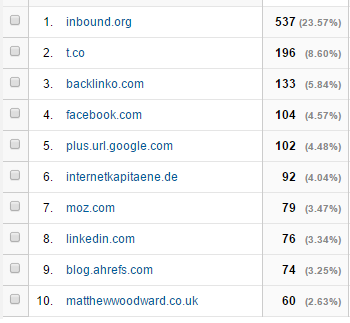
The higher visits and potential revenue they generate for your business, the more you should focus on building links to them.
There are several non-labor intensive methods that you can use to build second-tier links to the first linking pages of your website, including:
- Cite your initial linking page as a resource when participating in industry forums and Q&A websites.
- Produce the right content pieces on other blogs and link to your initial linking pages with proper contextual relevancy (ensure that those pages are relevant to your contributed content).
- Mention pages that have linked to your website in your interviews and guest appearances on other websites (podcasts, videos, etc..) since there will be opportunities to build links from those participated content (i.e. an end of the post list of tools/resources you’ve mentioned in the podcast).
Build exclusive local partnerships
The best element of earning highly authoritative links these days is relationship. Building the foundation of relationships with every thematic local brand through various online efforts that benefits both parties will definitely create a huge impact to the website’s branding and to its link acquisition strategy.
In the recent Whiteboard Friday by Rand Fishkin, he shared a handful of ways on how a brand can maximize the value of advertisements to yield SEO value:
- Get direct traffic through ads on blogs, forums, niche websites, or news/media sites.
- Participate in conferences and events by becoming a corporate sponsor. Give creative giveaways to your audience (e.g. free wifi).
- Choose outdoor/TV/radio/print advertising activity that can generate the highest business value to your brand.
In all of these platforms, a small business is more likely to invest in the first platform – blogs/forums/niche sites advertising.
Given that visits are targeted to a specific group of users/customers (since you are able to choose which website you want to advertise in), the link acquisition rate using this approach is higher, more especially if the content being promoted is highly resourceful to the target community.
Other local activities your small business can start executing today include:
- Creating a local guide such as an events calendar for a certain location/city and start distributing the page to your local partners.
- Provide testimonials for other local businesses whom you’ve partnered with in the past. It’s a give and take approach (you’ll get reviews for your company as well afterwards).
- Speak at local events in your town and in your universities or colleges near you. Start by engaging with local organizers visible in Meetup.
Local partnerships will take your small business into many places. By simply connecting with other brands, you start to widen your brand reach and being able to build alliances that are sustainable and beneficial in the long run.
Create link building machines
Link building machine is a term used for content assets that guarantee a constant attraction of natural links both from authority websites and mid-tier blogs.
With link building machine, you maximize your efforts and focus on creating and/or improving a single content piece one at a time.
Your aim is to build multiple of this machine type in order to increase your branded authority in your industry and being able to invite other related brands for corporate partnerships or alliances.
For small businesses, here are a few link building machine ideas that you can initially create for your website:
- Compile all branded images (pictures of local events, staff members, office locations, etc..) into one solid page and make it more visible to your audience by linking to it internally from your homepage.
- Start providing online coupons to your potential customers and give discounts to those who would be able to share/promote your coupon page on their own blogs/sites.
- Create your own referral or affiliate program simply by publishing a page that invites your visitors to refer your services/products to their readers and followers in exchange for a monetary payment and/or a premium access to your products.
Get premium product reviews
Product reviews are useful for brand recognition and authority, since the more reviews you acquire from industry blogs, the more branded searches you’ll get for your website every single month.
Inviting industry bloggers to write a review about your product is a challenging activity these days, particularly for brands that don’t have bigger budget to invest in paying their future promoters.
For small business owners, you can simply spend time in searching for prospect bloggers who have a history of writing product reviews and are targeting the same group of users as yours. Find those bloggers in any of the following product review platforms:
Engage with these bloggers and offer a long term partnership opportunity wherein they can generate regular passive income from your company through affiliates or referrals. Establishing relationships with product review writers will pay off in the long run since they can eventually evangelize your product without the need to pay them for their works (they will be accustomed/attached to your brand’s offerings and benefits).
Create a linkable jobs page
Every small business has a recruitment process whether it is assigned to a specific person or the CEO of the company or the Director himself does the hiring process.
For corporate websites, jobs page is an important tool to acquire talented and skilled workers who’re very interested to work for the company and has a good background of what the business’ offer, vision and mission are all about.
Create a jobs page that bloggers would likely to link to it because of the completeness and accuracy of the qualifications of applicant included in the page.
This jobs page of SEO Hacker is an example of a linkable jobs page. It is currently ranking for the keyword phrase, “SEO jobs Philippines”.
Distribute business assets to external local web properties
Content pieces crafted by your local staff can be distributed to external web properties in order to increase their visibility and become channels of link acquisition for your website.
There are tons of external properties on the web that have opportunities to add direct backlinks to your website. To name a few:
- Business profiles. Make the company details complete to avoid removing your company from the list because of its spam-looking profile.
- Video distribution sites like Vimeo. Add local promotional videos of your company and share video links on social profiles to get clicks on them.
- User generated sites like Slideshare. Invest in building a well-designed portfolio of contents you’ve presented in offline events, since this can somehow drive potential revenue to your business (e.g. Sean Si’s presentation portfolio).
- Podcast directories. If your site is involved in audio or podcast activities, submit these contents to podcast directory sites to build authority and audience in that particular platform.
Collect all available resources of your company and maximize their visibility potentials by submitting them to external web properties.
Engagement marketing
Engagement marketing is a free way to build links in this age of digital marketing, given that you don’t actually have to invest a huge amount of money to start with, just an hour every week is enough to start connecting with like-minded people in your industry.
Send customized products to bloggers and influencers who had engaged with your brand.
James Norquay from Prosperity Media received a set of cupcakes from the guys at Cupcakes at All Occasions. This gotten James’ attention and certainly help him strengthen his relationship with the cupcakes company.
Another great example of engagement marketing is this letter of appreciation from the Wordstream team, which is headed by Larry Kim.
There are still other ways to associate yourself with other brands through minimal and non-expensive engagement methods.
Here you go. These are the 11 link building strategies you can easily implement to your small business website. Let me know in the comments section which of them you want to use for your company.
If you are looking for a link building agency to partner with you, then don’t hesitate to contact us today.
The Author
Venchito Tampon Jr
Venchito Tampon is a Filipino Motivational Speaker, Corporate Trainer, and a Leadership Speaker in the Philippines. He is the CEO and Co-Founder of SharpRocket, a link building agency. With a decade of experience, Venchito has a proven track record of leading hundreds of successful SEO (link builidng) campaigns across competitive industries like finance, B2B, legal, and SaaS. His expert advice as a link building expert has been featured in renowned publications such as Semrush, Ahrefs, Huffington Post and Forbes. He is also an international SEO spoken and has delivered talks in SEO Zraz, Asia Pacific Affiliate Summit in Singapore, and Search Marketing Summit in Sydney, Australia. Check out his other businesses, Hills & Valleys Cafe, Blend N Sips and Saas Pursuit.
How our LINK BUILDING AGENCY builds 250 links/mo consistently using Predictable Link Building Methodology™…
- Using a SIMPLE and PROVEN system
- Using a SCALABLE strategy
- No private blog networks
- No creepy outreach emails

